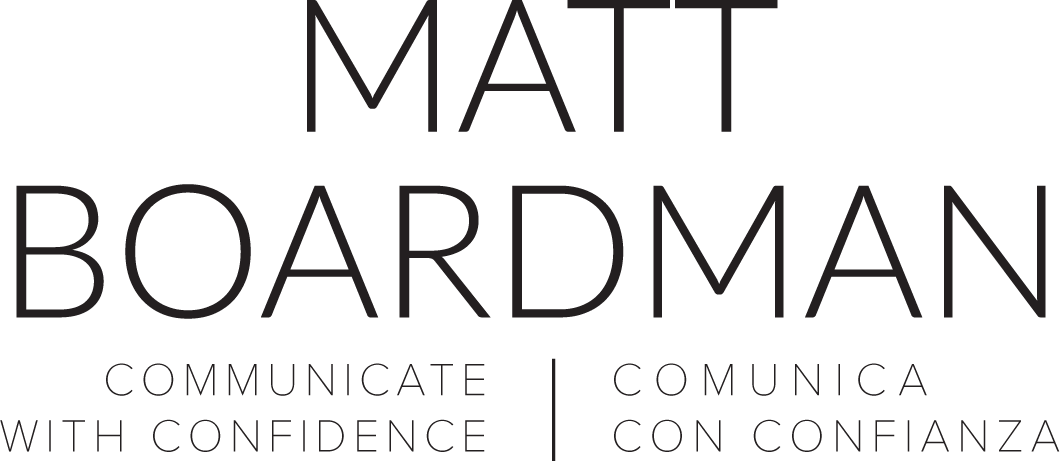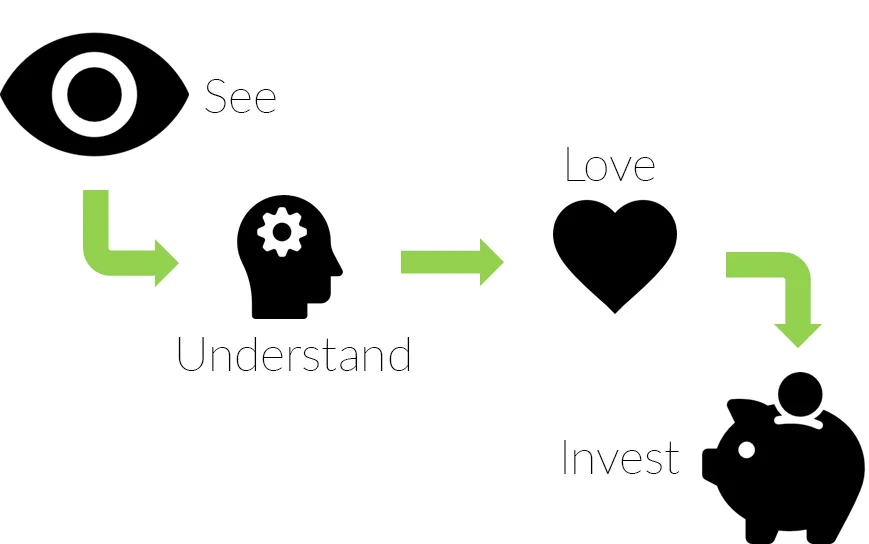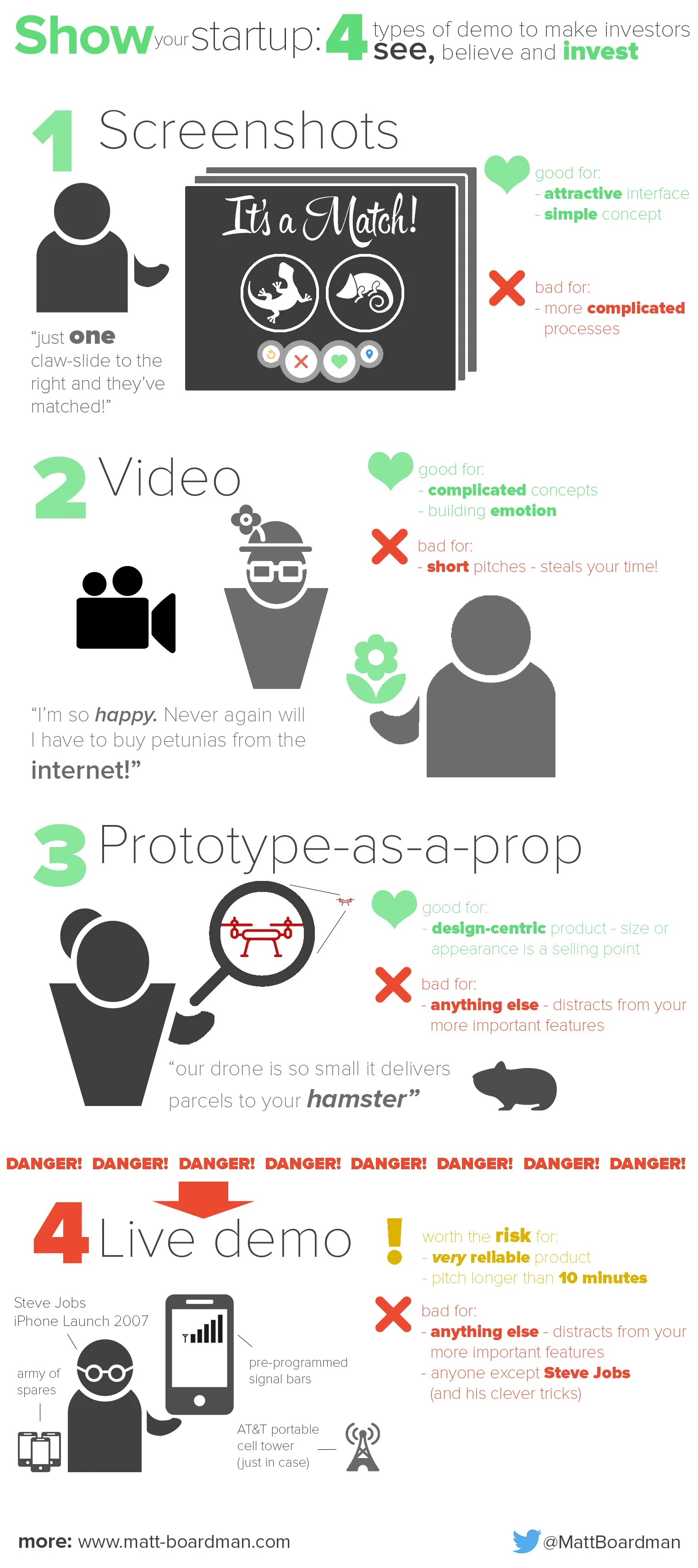When you pitch your startup to investors, you need them to understand it. The easiest way to do this is to show them your idea visually: through screenshots, a video, a prototype-as-a-prop or a live demo. But be warned: although it is the ultimate show of authenticity, the live demo is fraught with danger. Even Steve Jobs was only a falsified phone signal bar away from disaster.
Yesterday, at the PuntoJES Marketplace for Social Entrepreneurs in Madrid, I showed a workshop of impressively driven young entrepreneurs why it’s crucial to show your audience what you’re explaining rather than just telling them. In the Lord of the Rings, Lord Elrond had a tough job: persuading a group of people to risk certain death going to a volcano to chuck a ring into it. His audience would have understood the task more quickly if he’d shown them the proposed route via Google Maps.
Lord Elrond - would have persuaded them even better with a little Google Maps.
Seeing is believing: the path to startup investment
Before an investor will invest in your startup you must make him/her do 3 things:
- See
- Understand
- Love
- Invest
To understand the process, it’s easiest to work backwards:
An investor will not invest if he/she does not love your idea. There are exceptions: some investors will invest purely because the project makes financial sense. However, most investors are human (despite appearances) and need to feel an emotional connection with your idea.
Secondly, it is impossible to love an idea if you do not first understand it. The same works with stand-up comedy: an audience never laughs at a joke they do not understand. This is because as humans we need to feel comfortable to experience emotions like love or laughter.
Finally, an investor is far more likely to understand (and therefore love, and invest in) your idea if you make them see it. Many startups explain their idea to investors verbally, but without truly showing it. Studies have shown that 65% of us are visual learners, which means that we can take in information more easily with visual aids.
How to show your startup
Many startups will at this point lean back in their swivel chair and breathe a complacent sigh while sipping on their complacent latte (a latte can definitely be complacent).
“I already cater for visual learners in my pitch. I have a diagram with icons!”
Sure, a diagram with icons helps (and to flirt exuberantly with irony I have included one above). But in my view, showing them your product means more than that. It means showing investors the closest experience possible to actually holding it in their hands and using it. How?
- Screenshots: Good if you have an attractive user interface and a relatively simple concept. Not as effective to demonstrate complicated processes. E.g. Screenshots of dating app for reptiles with attractive user interface
- Video: Good for showing a more complex process and for building emotion. Don’t use in a short pitch, it will steal your time! E.g. Video of successful pilot of community gardening project with happy users.
- Prototype as a prop: Hold up your physical product as a prop. Good if it’s impressive for its size or design. Bad if its physical appearance is not immediately impressive: don’t show it just to say “We’ve made something!" E.g. Hold up a drone small enough to deliver to hamsters.
- Live demo: Most authentic, exciting way of showing them. Good if you have a pitch longer than 10 minutes and a very reliable product. Very risky for anything else (see below).
Tip: A screenshot, video, prototype-as-a-prop or (gulp) live demo should always focus on the hottest 1-3 features of your product. Seeing a login screen has not excited anyone since 1987.
Showing your startup visually with these 4 types of demo for your elevator pitch.
Live demo? Not if you have a weak heart
Steve Jobs’ live demo of the first iPhone in 2007 is frequently lauded as a success. But as an Apple engineer revealed six years later, it could easily have been a disaster. To cover up the fact that the prototype iPhone could not play a whole song without crashing, Jobs rigged the demo:
- AT&T installed a portable cell tower in the Macworld venue so the phone signal wouldn’t drop
- The iPhone display was falsified to always show 5 bars of signal strength, even when that wasn’t true
- Jobs had several backup iPhones hidden onstage in case one ran out of memory
If you do want to attempt a live demo:
- Practise, practise and practise again.
- Only do it in a pitch longer than 10 minutes.
- Have a sense of humour and expect it to go wrong.
- Have a back-up video in case of technical failure.
Otherwise, stick to a video and save yourself a cardiac arrest or three.
The pitch in brief
- To invest in your startup, an investor first has to love and understand it: which is much easier if he/she sees it in action.
- There are 4 ways to show your product or service in action: screenshots, video, your prototype-as-a-prop or a live demo.
- Think very hard before attempting a risky live demo, especially if your pitch is less than 10 minutes long.
Want more? Check out the dangers of another type of elevator pitch visual aid: PowerPoint.
What's your startup? And how do you demo your product? Let me know in the comments below or on Twitter: @MattBoardman
-----------
Matt Boardman – Startup Elevator Pitch Coach
I am an elevator pitch coach helping Madrid-based startups identify their essential story and sell it to investors through a concise, exciting elevator pitch. I believe that, whether in a formal pitch or a casual conversation, we only have one chance of 2-5 minutes to win an investor or lose them.
Liked this? Read the rest of my blog here.




